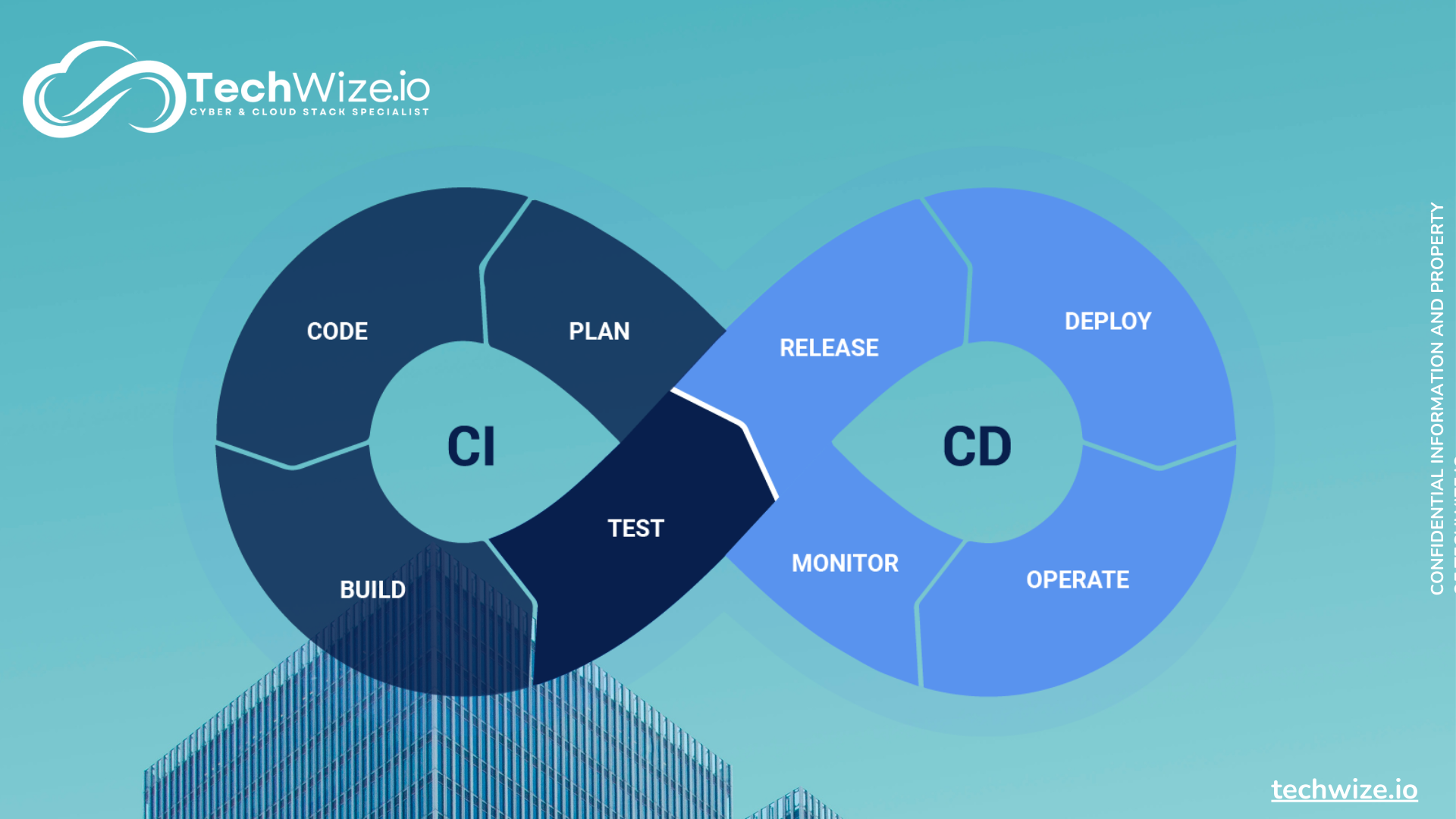A new era in software development
In the fast-paced, demanding world of software development, companies of all sizes are looking for ways to deliver quality software at unprecedented speed. That’s where CI/CD comes in. But that’s not all: understanding and optimizing the software supply chain is also crucial. In this article, we explore how CI/CD and effective software supply chain management can transform your development process.
The software supply chain and its importance
The software supply chain refers to the set of tools, processes and software components used to develop and deploy applications. Effective management of this chain is crucial to ensuring the security, quality and speed of software deliveries. CI/CD plays a key role in optimizing the software supply chain by automating repetitive tasks and guaranteeing continuous, secure deliveries.
What is CI/CD?
CI/CD, or Continuous Integration / Continuous Deployment, is a new mindset. It’s the idea that every code change should be automatically tested, validated and potentially deployed. The aim is to enable teams to develop code quickly and safely, while minimizing risk and improving software quality.
How does the CI work?
CI starts with the frequent integration of code changes into a shared repository, such as Git. Here are the key steps in the process:
Automatic Build: After each code integration, an automatic build process is triggered. This includes compiling the code, generating executables or packages, and possibly creating Docker images or other artifacts required for deployment.
Multiple automated tests: The CI process includes a battery of automated tests, such as unit tests, integration tests, performance tests and security tests. These tests quickly detect errors and functionality problems.
Immediate Feedback and Notifications: In the event of test failure, immediate feedback is sent to developers. This allows errors to be quickly corrected before they are integrated into the main code.
Continuous Integration of Changes: Developers are encouraged to merge their code changes frequently, promoting early detection of conflicts and better collaboration.
How does CD work?
CD, or Continuous Deployment or Delivery, takes over where CI leaves off. It’s the part of the process that ensures automatic deployment of validated code. Here’s how it works:
Continuous Delivery: Validated code is automatically deployed in a test or pre-production environment, where it undergoes further testing. Once these tests have been passed, the code is ready for production deployment, but final deployment may require manual approval.
Continuous Deployment : Validated and tested code is automatically deployed to the production environment without human intervention. This approach enables frequent and reliable deployments, reducing the time between writing code and putting it into production.
Commonly used tools and technologies
Various tools and technologies are available to implement CI/CD and effectively manage the software supply chain:
CI tools :
- Jenkins
- GitLab CI
- CircleCI
These tools facilitate test and build automation.
CD tools :
- Kubernetes
- Docker
- AWS CodePipeline
These tools automate code deployment in production environments.
Tool integration:
These tools integrate into a CI/CD pipeline (an automated series of software development steps, from compilation to production delivery, aimed at ensuring code quality and accelerating deployment) to automate the entire process. They offer the flexibility and scalability to meet the specific needs of any project or organization.
Steps for implementing CI/CD
Successful CI/CD implementation requires a methodical approach. Here are the essential steps for implementing CI/CD in your development process:After analyzing and understanding your needs and skills, select the CI/CD tools that best match them. Consider factors such as ease of use, integration with your existing technologies and support for your specific use cases.Once the tools have been chosen, set up CI/CD pipelines, automating tests, builds and deployments. Clearly define the pipeline steps and make sure they meet your project requirements.Closely monitor your CI/CD pipelines for optimum performance and continuous delivery.
Identify bottlenecks and optimization opportunities, and make adjustments accordingly to constantly improve your development process.

Best practices and tips
To get the most out of CI/CD, follow these best practices and tips:
- Automate as much as possible to speed up your development process and minimize human error.
- Adopt a DevSecOps approach to integrate security into every stage of your CI/CD pipeline.
- Encourage a culture of collaboration between development, test and operations teams to foster innovation and continuous improvement.
Challenges and solutions
Despite its many benefits, implementing CI/CD can present challenges. Here are some common challenges and associated solutions:
- Complexity of Tools: Start small and evolve progressively according to your project’s needs.
- Resistance to Change: Train and actively involve teams in the implementation process to encourage CI/CD adoption.
- Security issues: Integrate automated security scans and regular audits into your CI/CD pipeline to identify and resolve potential vulnerabilities.
A Software Development Revolution
CI/CD and effective software supply chain management offer more than just technical benefits. They represent a transformational approach that can change the way you develop and deploy software. By adopting these practices, you can accelerate the pace of delivery, improve code quality and guarantee reliable deployments.

